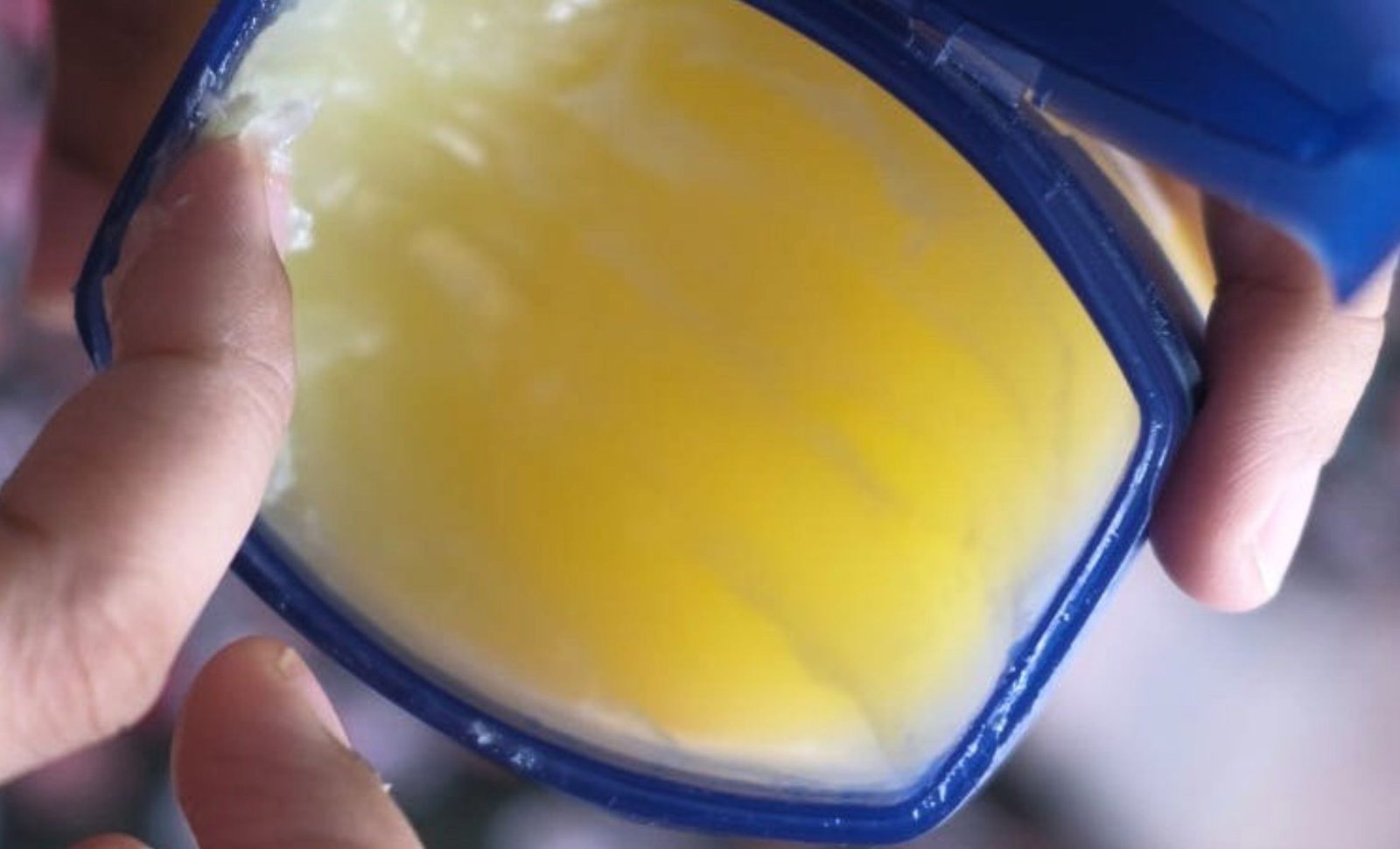A story recounted on the BBC panel show QI has resurfaced an unusual chapter in the history of a product found in homes worldwide. During a segment hosted by Sandi Toksvig, the tale of Vaseline’s beginnings—rooted in 19th-century oil fields and the decline of the whale oil industry—captivated viewers and left many surprised by its humble and gritty origins.
A Whale Oil Business Goes Dry
Robert Chesebrough, an English-born chemist, had been running a sperm whale oil company when the market for his product began to collapse. The year was 1859, and the discovery of oil in Titusville, Pennsylvania signaled the start of a new energy era. As Toksvig recounted, Chesebrough found himself at a crossroads: “My sperm whale oil thing is not going well. People are taking the p**s out of my name.”
In search of opportunity, Chesebrough traveled to the Pennsylvania oil fields where he observed something unexpected. Oil workers were using the thick residue that accumulated around drill rods—commonly known as “rod wax”—to treat cuts and burns. That moment of observation would prove pivotal.
Ten Years of Refining Petroleum Jelly
Chesebrough took what he had seen and devoted a decade to transforming the raw, sticky substance into a marketable product. Through a process of distillation and refinement, he created a substance he named Vaseline, registering the trademark in 1872. At the time, convincing others of its usefulness proved difficult. The challenge lay not just in making the jelly, but in persuading the public to adopt it.
To build confidence in his product, Chesebrough reportedly adopted extreme tactics. As Toksvig explained, he “burnt patches of his own skin” in public demonstrations to show how quickly the jelly could promote healing. His campaign worked. Within a short time, he was selling “a jar a minute,” traveling with a horse-drawn cart and offering one-ounce jars to intrigued buyers.
From Oil Residue to Household Staple
The product’s name and image evolved over the decades, but the core function remained. In a 1964 advertisement, jars of Vaseline were described as being “designed to prevent nappy rash.” The brand continued to highlight its protective and moisturizing properties, adapting to various skin care trends without abandoning its petroleum-based formula.
Today, according to Vaseline’s official website, the jelly is marketed to protect minor cuts and burns, rejuvenate dull skin, hydrate dry patches, soothe nappy rash, and even serve as a base for homemade lip scrubs. It’s also used to create a dewy glow in cosmetic routines, far from its industrial beginnings.
Rediscovered History Sparks Online Reaction
The QI segment, which featured panelists including Alan Davies, Zoe Lyons, Ignacio Lopez, and Rhod Gilbert, circulated on social media after airing. Toksvig, 67, narrated the story with characteristic wit, drawing laughter and astonishment from both the panel and viewers.
Comment sections lit up with responses, with one user writing, “Wow never knew that,” and others calling the story “extraordinary.” The episode served as an unexpected history lesson, tracing the path of an everyday product from oil field residue to international staple.



